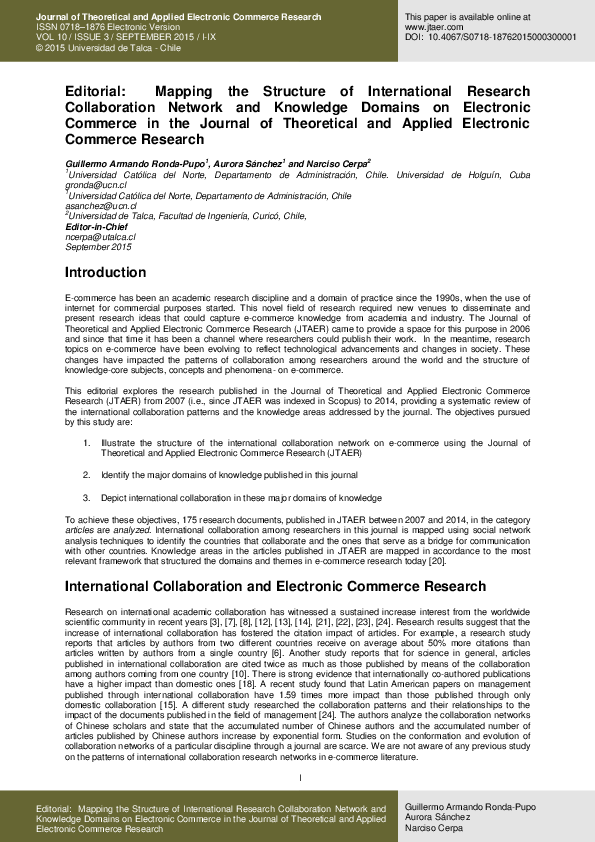eBay 的反馈评级与文本评论中的情感一致吗?实证研究
IF 5.1
3区 管理学
Q1 BUSINESS
Journal of Theoretical and Applied Electronic Commerce Research
Pub Date : 2023-12-15
DOI:10.3390/jtaer18040114
引用次数: 0
摘要
eBay 的反馈评级系统目前被广泛使用。在本研究中,我们将研究 eBay 的反馈评级类型(+、0、-)是否与买家发布的文字评论所反映的情感一致。利用从 eBay 收集到的数据集,我们从个体、群体和总体三个层面检验了与研究问题相关的假设。总体而言,反馈评级的类型与文字评论中蕴含的情感是一致的。然而,eBay 目前的反馈评级系统存在一些问题:(1)在个人层面,评级与评论情感之间的相关系数较低,仅为 0.4311(<0.5)。虽然三种类型的评分是对称的,如(-1、0、+1),但买家的文字评论在这三种类型中的情绪分布是不对称的。三种简单的反馈评级(+、0、-)与买家发表的文字评论中揭示的情感并不完全一致。我们建议将目前的三个评级扩展为五个评级,如(-2、-1、0、+1、+2),这可能有助于解决这一问题。我们对这一研究较少的领域做出了贡献,这对提高在线市场的效率至关重要。本文章由计算机程序翻译,如有差异,请以英文原文为准。
Are eBay’s Feedback Ratings Consistent with the Sentiments Embedded in Textual Comments? An Empirical Study
eBay’s feedback rating system is currently widely used. In this study, we examine if eBay’s feedback rating types (+, 0, −) are consistent with the sentiments reflected in the textual comments posted by buyers. Using the datasets collected from eBay, we test the hypotheses associated with the research questions at three levels: individual, group, and total. Overall, the types of feedback ratings are consistent with the sentiments embedded in the textual comments. However, there are some issues with eBay’s current feedback rating system: (1) at the individual level, the correlation coefficient between the ratings and the comments’ sentiments is low at 0.4311 (<0.5). While the three types of ratings are symmetric, like (−1, 0, +1), buyers’ textual comments have asymmetric distributions of sentiments among these three types. The three simple feedback ratings (+, 0, −) are not fully aligned with the sentiments revealed in the textual comments posted by buyers. We propose expanding the current three ratings into five ratings such as (−2, −1, 0, +1, +2), which might help remedy the issue. We contribute to the literature by tapping into this less-studied area vital to improving the online marketplace’s efficiency.
求助全文
通过发布文献求助,成功后即可免费获取论文全文。
去求助
来源期刊
CiteScore
9.50
自引率
3.60%
发文量
67
期刊介绍:
The Journal of Theoretical and Applied Electronic Commerce Research (JTAER) has been created to allow researchers, academicians and other professionals an agile and flexible channel of communication in which to share and debate new ideas and emerging technologies concerned with this rapidly evolving field. Business practices, social, cultural and legal concerns, personal privacy and security, communications technologies, mobile connectivity are among the important elements of electronic commerce and are becoming ever more relevant in everyday life. JTAER will assist in extending and improving the use of electronic commerce for the benefit of our society.

 求助内容:
求助内容: 应助结果提醒方式:
应助结果提醒方式:


